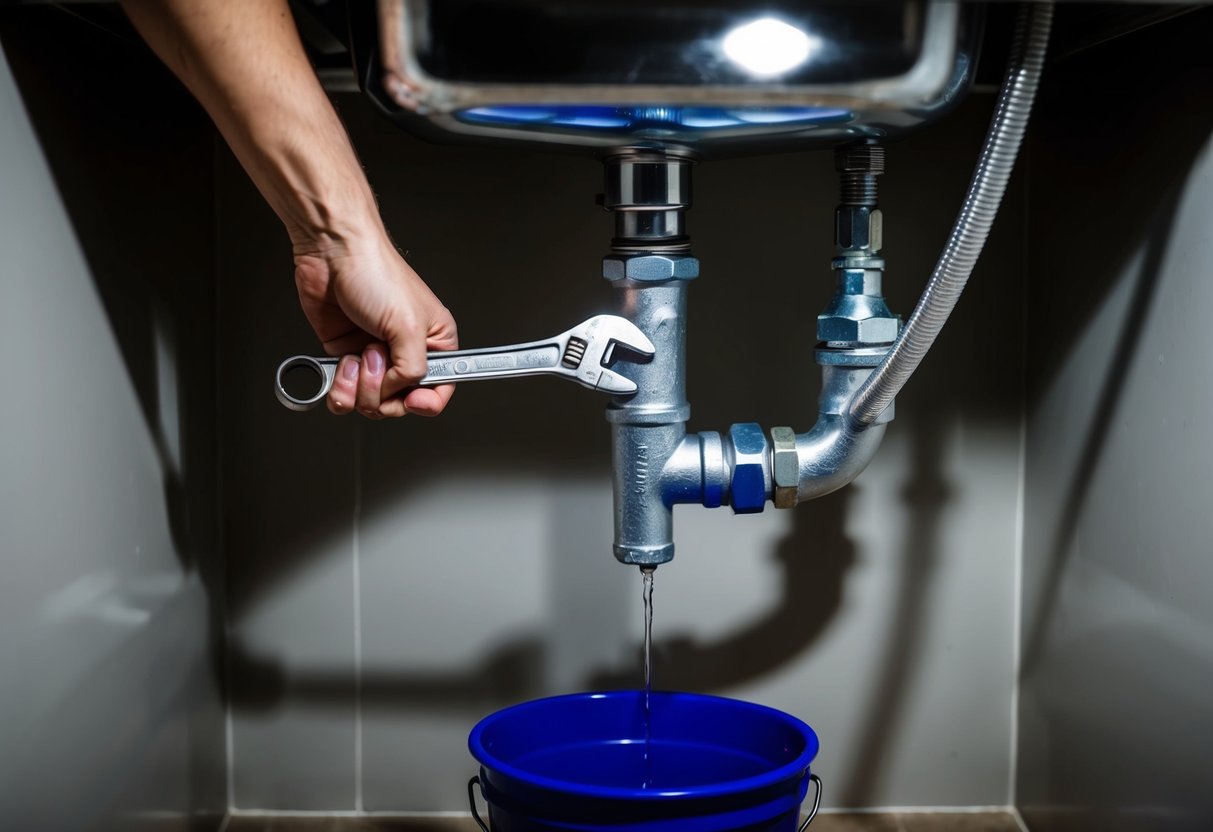Prevent Costly Repairs: Essential DIY Plumbing Maintenance Tips
Plumbing maintenance is crucial for preventing unexpected and costly repairs, ensuring that your home’s plumbing system works efficiently. Simple DIY plumbing maintenance can save homeowners money and provide peace of mind. By taking a proactive approach, minor issues can be addressed before they become major problems.
Many common plumbing issues can be mitigated through regular inspections and maintenance tasks. Leaky faucets, clogged drains, and running toilets are just a few examples of issues that can be maintained or prevented with basic know-how. These simple actions help in keeping major plumbing catastrophes at bay.
Anyone can undertake basic plumbing maintenance with the right tools and a bit of guidance. By ensuring your plumbing systems are well-maintained, you contribute to the longevity of your home’s infrastructure. This not only preserves the value of your home but also saves you from unexpected financial strain down the line.
Understanding Your Plumbing System
Knowledge of one’s plumbing system is vital for effective maintenance and prevention of costly repairs. Knowing your plumbing components and where to find crucial elements, like the main water shut-off valve, ensures a swift response to plumbing issues.
Identifying Key Components
Each plumbing system consists of several key components that work together to provide water and remove waste. Pipes, faucets, drains, and venting systems are among the main elements. Pipes transport water throughout the property, while faucets control water flow. Drains remove wastewater, and venting systems ensure efficient drainage by allowing air to flow into pipes. Recognizing these components and their functions helps in diagnosing and resolving plumbing issues.
Understanding water pressure and the role of valves can also enhance one’s grasp of a plumbing system. Valves control the flow and pressure of water, making them essential for maintaining the system’s efficiency. Regular inspection of these components can prevent minor problems from escalating into significant issues, saving both time and money in the long run.
Locating the Main Water Shut-off Valve
Finding the main water shut-off valve is critical during plumbing emergencies. Typically located near the water meter, this valve controls the flow of water into a property. Knowing its position allows for quick action in the event of leaks or burst pipes, minimizing potential water damage.
Most homes have the valve in the basement, crawl space, or utility area. In some cases, it may be located on an exterior wall where the water line enters the building. Regularly checking and ensuring the accessibility of this valve will make it easier to turn off the water supply when necessary. This preparedness can greatly reduce the impact of plumbing mishaps.
Regular Inspections for Early Detection

Regular inspections are crucial for identifying potential plumbing issues early. Catching issues like leaks or corrosion beforehand can save significant repair costs and prevent extensive damage.
Checking for Visible Leaks
Inspecting for visible leaks involves examining faucets, connectors, and fixtures for any signs of water leakage. Leaks are common around areas with water connections and can lead to higher water bills.
Examining the base of toilets or under sinks frequently helps spot leaks early. Mold or water stains are red flags. Identifying leaks promptly allows for timely repairs, avoiding the escalation of issues that can result in structural damage or costly repairs.
Routine checks should also include listening for dripping sounds or observing water pooling. Using a flashlight can help in spotting more concealed leaks in dimly lit areas.
Inspecting Pipes for Corrosion or Damage
Pipes play a vital role in the plumbing system, and examining them for corrosion or damage is essential. Rust, discoloration, or odd odors in water often indicate pipe corrosion.
Pipes in basements, attics, and crawl spaces need regular attention since damage can go unnoticed in these areas. Pipe corrosion can lead to leaks and weakened structural integrity over time.
Pay attention to any changes in water pressure or quality, as these can be signs of internal pipe issues. Spotting these problems early extends the lifespan of your plumbing system.



